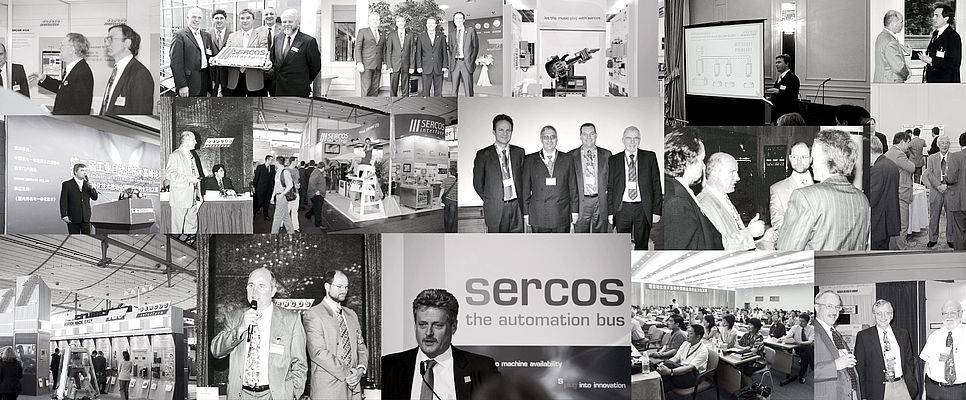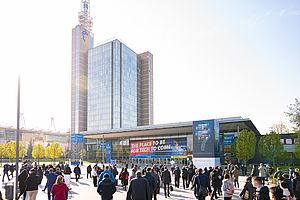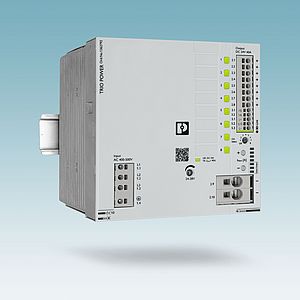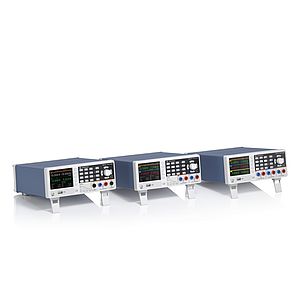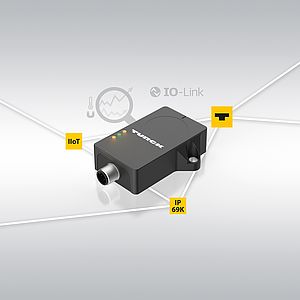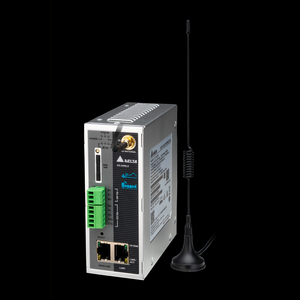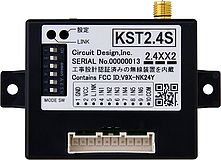Sercos International, supplier of the Sercos automation bus, celebrates its 25th anniversary as well as 10 years of Sercos III technology. Digital intelligent drives offer the highest precision and speeds for numerically controlled machines, at the same time minimizing equipment costs. In order to benefit from these advantages, an efficient digital interface is required for control. Although Sercos was originally designed as such an interface, over the course of the last two decades Sercos has developed into a universally deployable real-time interface for all automation applications.
The Sercos User Organization
In 1988, the concept was established, along with the clock-synchronous transfer concept, the most important profiles and the desire to offer an ASIC as the basis for the master and slave interfaces. So in 1990 Fördergemeinschaft SERCOS interface (FGS) was founded. Its members undertook both financing the Sercos concept and also supporting it for the future. Today, this syndicate collaborates on an international basis under the umbrella of Sercos International e.V.
The three Sercos generations
The first generation, which was presented to the public for the first time at the EMO show in Hanover in 1989, supported 2 and 4 Mbit/s transmission rates and initially was used mainly in demanding tool machine applications. In the following years, Sercos was successfully deployed in a wide variety of applications around the globe and in a wide variety of applications and industries. In 1995, Sercos was recognized as IEC standard 61491.
In 1999, the second generation of the standard followed. The transmission rate was increased to 8 and 16 Mbit/s, a new ASIC was developed, and the service was expanded to include asynchronous data transmission. Since 2001, this technology has been available based on the SERCON816 ASIC, with backward compatibility with the first generation ensured.
The recipe for success of Sercos III, the third generation of Sercos, which was launched into the market with initial prototypes in 2005, is: "Use of the transmission medium and the protocol of Ethernet while preserving the tried-and-tested Sercos mechanisms." The combination of these two technologies creates new, innovative opportunities for the automation technology of the future.


